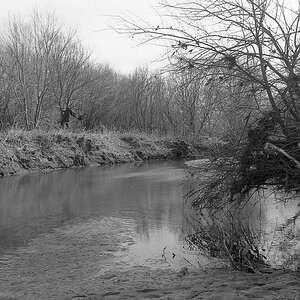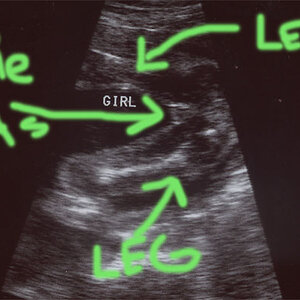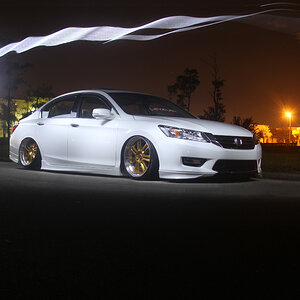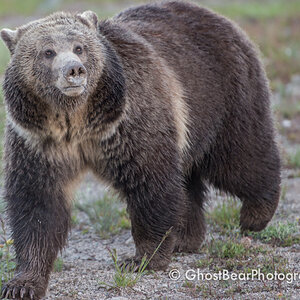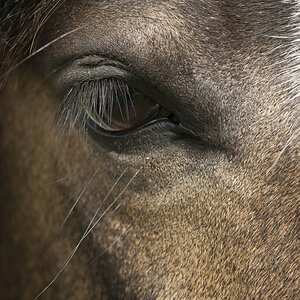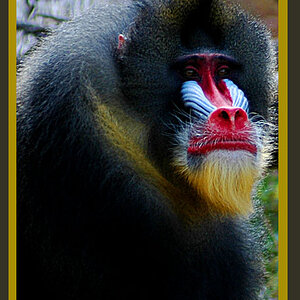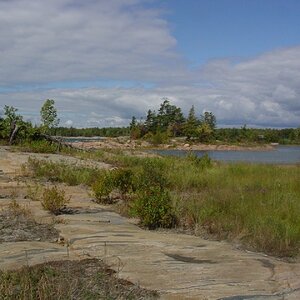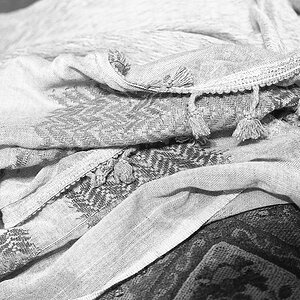jvw2941
TPF Noob!
- Joined
- May 5, 2009
- Messages
- 155
- Reaction score
- 0
- Location
- North Carolina
- Can others edit my Photos
- Photos NOT OK to edit
I recently read an article in Digital Photography on focal length and what lenses do best. But I still feel very lost in the whole focal length category. What is focal length and what affect does it have on your lens, camera, processor etc.
Also, I'm trying to find the right lens for when I buy the Canon EOS 50D. I love macro shots but also need a wide angle for landscape and more wide-scale photographs. I know this isn't much info and I do know a good bit about lenses but I'm just looking for some pointers from any pros on lenses and focal length.
Thanks so much,
Jameson
Also, I'm trying to find the right lens for when I buy the Canon EOS 50D. I love macro shots but also need a wide angle for landscape and more wide-scale photographs. I know this isn't much info and I do know a good bit about lenses but I'm just looking for some pointers from any pros on lenses and focal length.
Thanks so much,
Jameson



